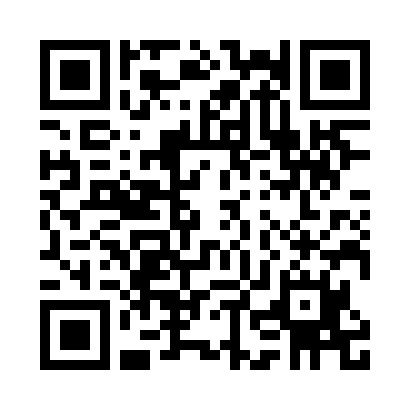The Japanese haiku evolved out of a longer form: comic linked verse, or haikai-renga. In the wake of the explosive popularity of the stand alone haiku pioneered by Masoaka Shiki in the late 19th century, the linked forms in Japan fell into disuse by the early 20th century, but never truly died out. Over the last 100 years, as the modern form of linked verse, renku, grew in popularity in Japan and poets working in the emerging haiku tradition outside of Japan were drawn to discover the roots of haiku in the longer sequences of Bashō and his literary heirs, there has been a resurgence of interest in the linked forms and a great deal of innovation in terms of their adaption to English.
Under the Bashō is seeking out varied and representative examples of the many trends in contemporary linked verse that stem from the Japanese tradition, from orthodox Shōfū style renku, rengay, to experimental, gendai-haiku inspired linked sequences.
While we encourage informed innovation in these forms, we do recommend familiarity with the rich and complex history of Japanese linked verse as well as contemporary trends in English language haiku and renku. For those interested in learning more about linked poetry, we recommend John Carley's A Renku Reckoner, and Earl Miner's Japanese Linked Verse.

Please submit no more than three short sequences (up to 10 verses in length) or a single longer sequence (up to 36 verses in length)
to our This email address is being protected from spambots. You need JavaScript enabled to view it. at claytonbeachpoetry[at]gmail[dot]com.
Use the subject line "Linked Verse Submission."
We accept only unpublished work, which means nothing that has been shared publicly in print or on posted social media.
Sequences may be collaborative or solo, so long as they evoke the tradition of Japanese linked poetry.